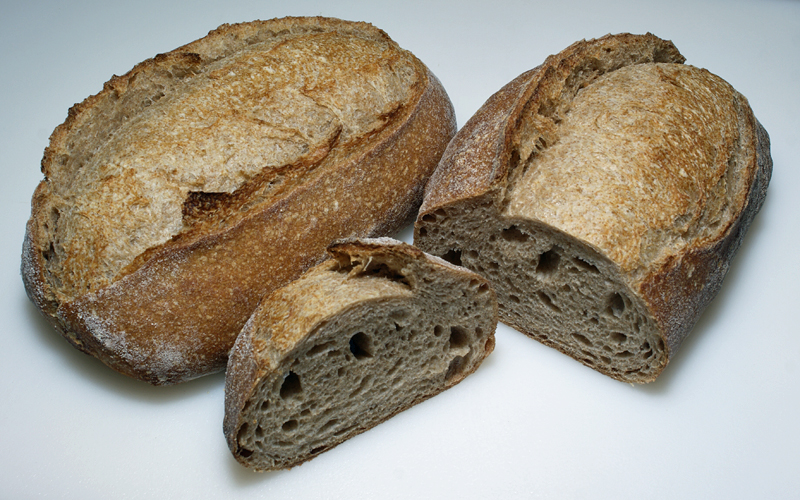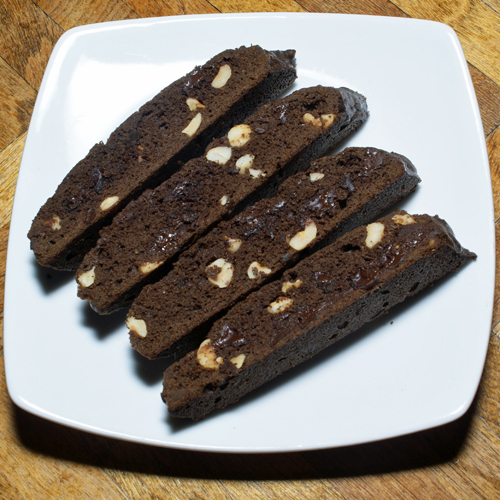Fine Tuning process
Over the past three or four weeks I've been experimenting with small adjustments, one at a time, to my process. Three of them appear to be adding positive nuances to my loaves. They are:
• longer autolyse, prior to adding yeast (or levain) and salt.
• using new steam-generating containers.
• warming retarded, pre-shaped dough, and final proofing at elevated temperature: 82°F

